Market changes and employees’ expectations more often create the need of modernizing our employment system. It forces us to create more comfortable conditions for remote work. The situation stems from the postulate of flexibility, especially in the case of young and talented specialists. The confirmation of the phenomenon can be easily found in reports dealing with employer branding. However, this model is not necessarily optimal from the innovation point of view.
Flexible, meaning what?
It is not without reason that remote work became a sort of a synonym to flexibility. The possibility of deciding on the place and time of performing work tasks is the most frequently mentioned advantage of freelancing.
Employers still support and promote the more traditional and stationary model of employment, which result from the fact that a successful team is built in an office. Creating a place that supports interaction, communication and helps employees root into the organisational culture of the firm is an undisputed advantage. Analyses of headhunting firms indicate that many of the respondents put the atmosphere in the office over work flexibility and professional development.
Creating an attractive workplace is a result of a mixture of the two: individuals matched to the company’s needs and the office in sync with the team’s requirements. Such an optimal solution enables us to build loyalty, while in long term perspective maintain high levels of engagement and productivity. This is particularly valuable when over time external motivators such as salary and sense of stability decrease.
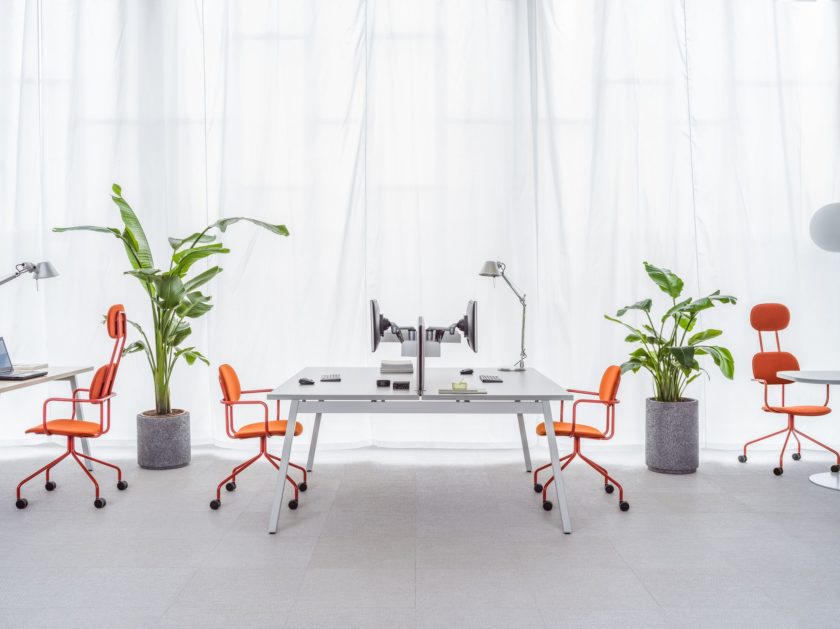
Open space without open conflicts
Effective cooperation happen when employees form a well-integrated team. Well-integrated, however, does not mean homogenous. People working side by side are different, just as different the scope of their duties is. Common area, where they spend several dozen hours a week, should match the preferences and expectations of each type of a person. The result can be achieved by providing employees with privacy and a sense of comfort, also the acoustic one.
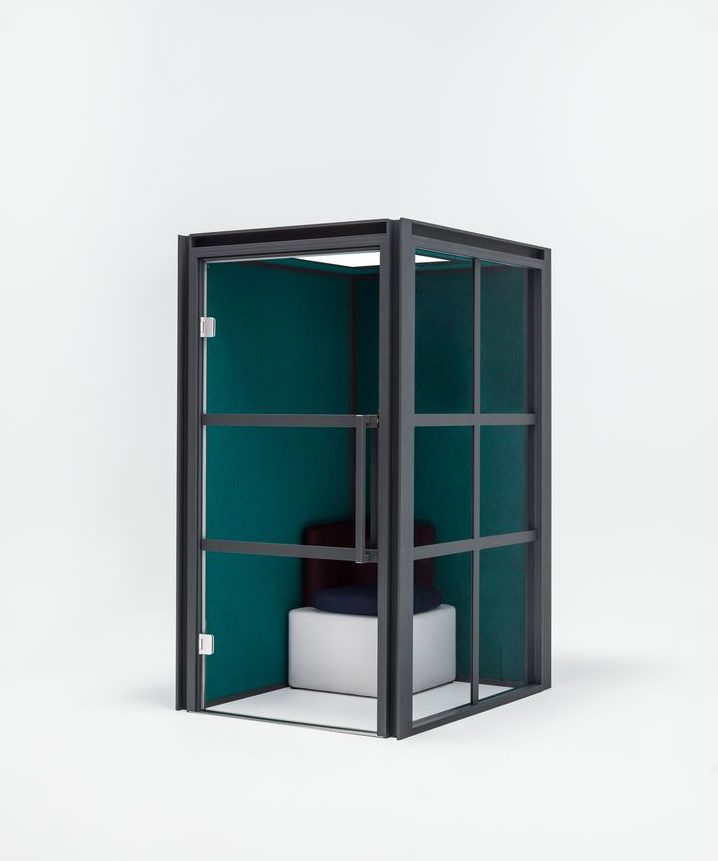
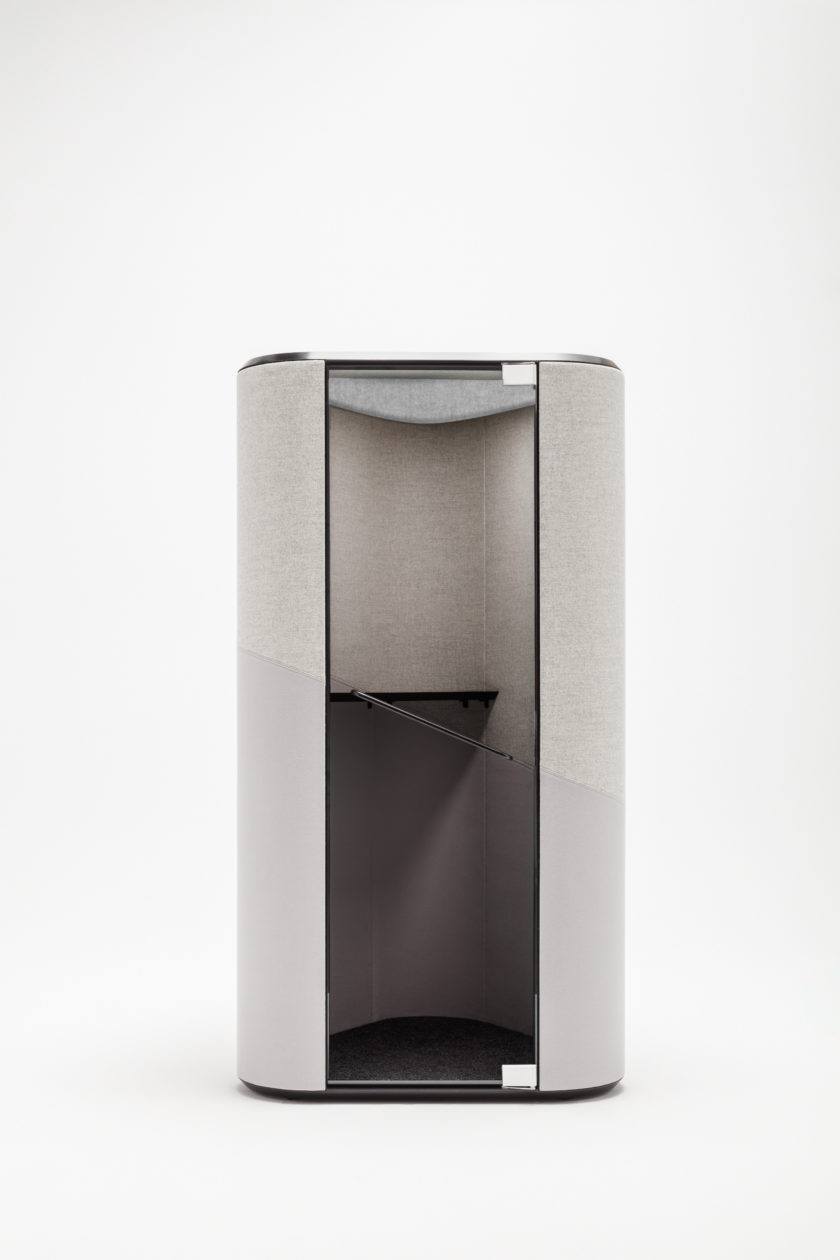
Research carried out in workplaces clearly indicates that noise and uncoordinated sounds are the biggest headache of respondents dissatisfied with work conditions. This is a problem of open space offices in particular, and needs our attention.
“What is important is to organise them with the end user in mind”- explains Dymitr Malcew who designed inter alia acoustic pods for MDD. -When implementing my earlier projects I noticed that although there was a need for acoustic pods, employees did not want to use them. They were left in the middle of the room and never visited. I carried out a survey and I found out that the reason for it was the so called ‘aquarium effect’. The booths were just glass boxes taken out of context that did not fulfil their role. When I created the pods I decided to present the users with two variants, one of them modular that allows the users to expand it according to their needs.”
The single Hana pod ensures more visual and acoustic privacy than other products on the market. It is designed to create a retreat in a busy office environment. The modular Hako booth leaves it up to the user to decide on the final look of the product. Even one of the smaller pods encourages work in silence, while the extended version promotes private group meetings. The simple construction of the acoustic booths highlight their flexibility, which is the basis of the design.
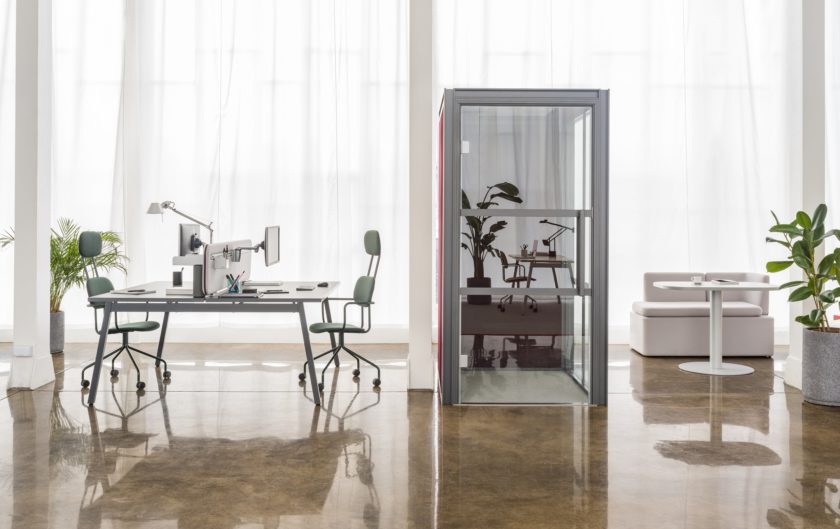
Individual creativity
It is believed that the sine qua non of creative activity is brainstorming and dynamics. Scientists from the Institute of Personality Assessment and research at University of California in Berkley decided to challenge the conviction. They chose a group of specialists from various fields of study who were distinguished by their initiative and creative approach, and then conducted a series of experiments.
It was concluded that silence and loneliness are vital elements of dedication to work and projects improvement. Introduction of corrections during such times are more accurate. It also turned out that teams of nine employees generate less effective ideas than smaller groups. Adrian Furnham, an occupational psychologist claimed that there is enough evidence to refute the widely used method of brainstorming.
The key to success is creating optimum conditions to all employees. “When asking employees to work in an open space office you have to provide them with an alternative to a really private space”- explains Dymitr Malcew.
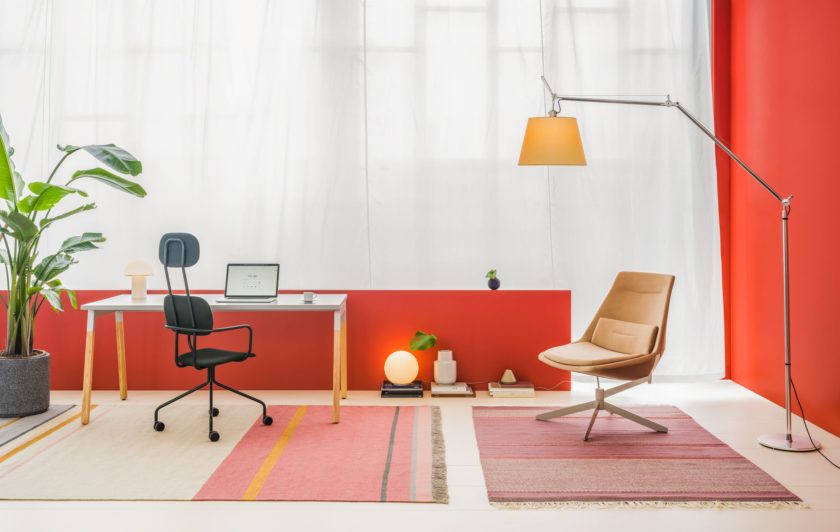
Variety and cooperation
We need to remember not to get too overworked and completely forget about interactions at work. The focus should be on improving conditions in which cooperation is taking place. We have to find balance between extraversion and introversion, silence and loud debate, leisure and intense action.
One of the main barriers to increased productivity is unintentional interfering and forced breaks. Nowadays we know that the ability of multitasking, which was praised for so many years, is nothing but a myth. Human brain does not work that way: what we call multitasking is really the ability to quickly move from one task to another, which in reality reduces productivity and increases the risk of error. We must remember however, that being around people can also be an invaluable inspiration.
In both instances acoustic products, especially acoustic pods become helpful. Individual pods are dedicated to one person work, while the Meeting variant- to group work; both options ensuring privacy.
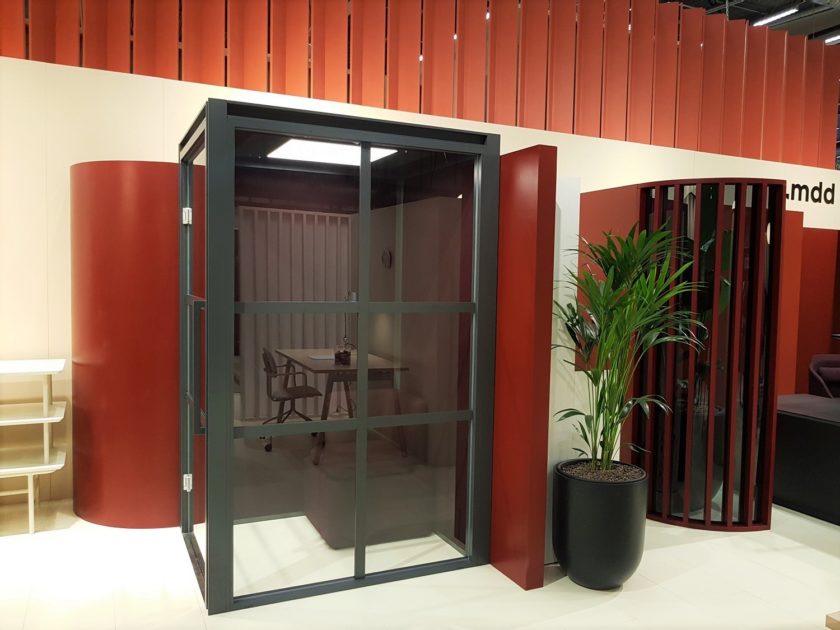
Be quiet, please...
Large office spaces without partition walls aren’t beneficial to either employees or the companies they work for. What more, current economic situation significantly worsens the situation. In the 70s in the United States there was more that 45sq m of space per employee. After the first decade of the XX century that number decreased to no more than 18sq m of space per person.
Today, it seems a truism to say that open space office reduces the overall efficiency and the ability to remember. Shifting senior employees to open space additionally increase the tension and impression of constant control. It not only reduces the level of team work but also disturbs employee productivity.
The most effective groups are those comprised of various personalities. The fact is confirmed by both: research and data on the subject of leader structures in companies. Work environment is also vital, with employee interactions possible and private spaces available when particular needs arise. It’s not only standard conference rooms but also canteens, recreational centres and green areas that are important. They allow for a more relaxed atmosphere, which is often a source of inspiration.
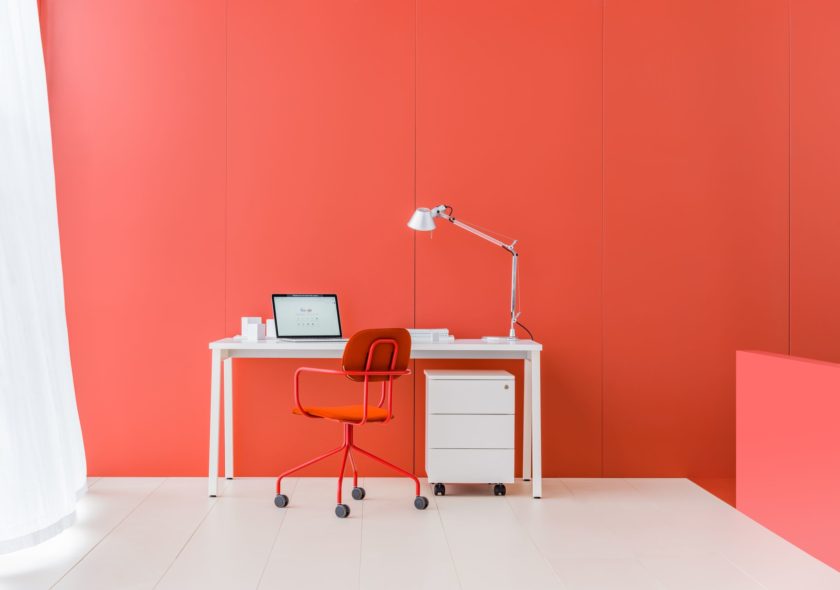
More and more enterprises understand the value of such a balance, hence, the growing popularity of acoustic products and office zoning. Even if those products can be mainly found in open spaces.